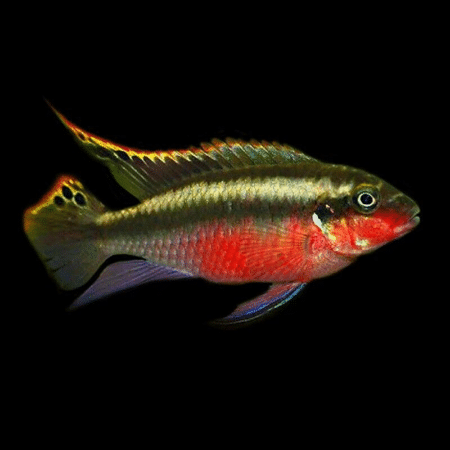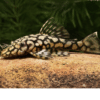-
×
-
×
-
×
-
×
-
×
-
×
-
×
-
×
-
×
-
×
-
×
-
×
-
×
-
×
-
×
Subtotal: £645.15




























Emily Parker (verified owner) –
I recently added 3 Peppered Corydoras to my aquarium, and I couldn’t be happier! These little catfish are not only stunning with their mottled patterns, but they’re also incredibly sociable and active. After about a month in my tank, I’ve noticed them happily foraging for food among the substrate and playfully interacting with my Neon Tetras. The Peppered Corys have a gentle nature, which makes them perfect for my tropical fish setup.
One of the best things about these Corydoras is how they help keep the tank clean, sifting through the sand and nibbling on leftover food. They really thrive in a well-planted environment, and my tank looks more vibrant now than ever. My only minor concern is that they can be a bit shy at first, so having some hiding spots is essential.
I highly recommend these little guys for any aquarist looking to add personality to their tank. They do best in groups, so getting three was a great idea! Overall, I couldn’t be more pleased with their health and happiness. They arrived quickly and in excellent condition, which is always a plus! Would absolutely buy again!
Emily Carter (verified owner) –
I recently added 3 Peppered Corys to my community tank, and I couldn’t be happier! These little catfish have truly enhanced my aquarium’s ecosystem. After about two weeks, I noticed their playful antics and how they love to explore the substrate, which has even encouraged my other fish to be more active. Their mottled patterns are not just beautiful; they also blend perfectly with my plants, creating a stunning underwater scene.
What impressed me most was how friendly they are with my other tropical fish. Unlike some alternatives I’ve tried, these Corydoras have a calm demeanor and seem to thrive in a community setting. They’re also great at scavenging leftover food, which keeps my tank cleaner.
If you’re considering adding some lively and beneficial catfish to your aquarium, I highly recommend these Peppered Corys! They’re perfect for both seasoned aquarists and beginners. Just remember to provide them with a smooth substrate to prevent any injuries to their delicate barbels. I will definitely be purchasing more in the future!